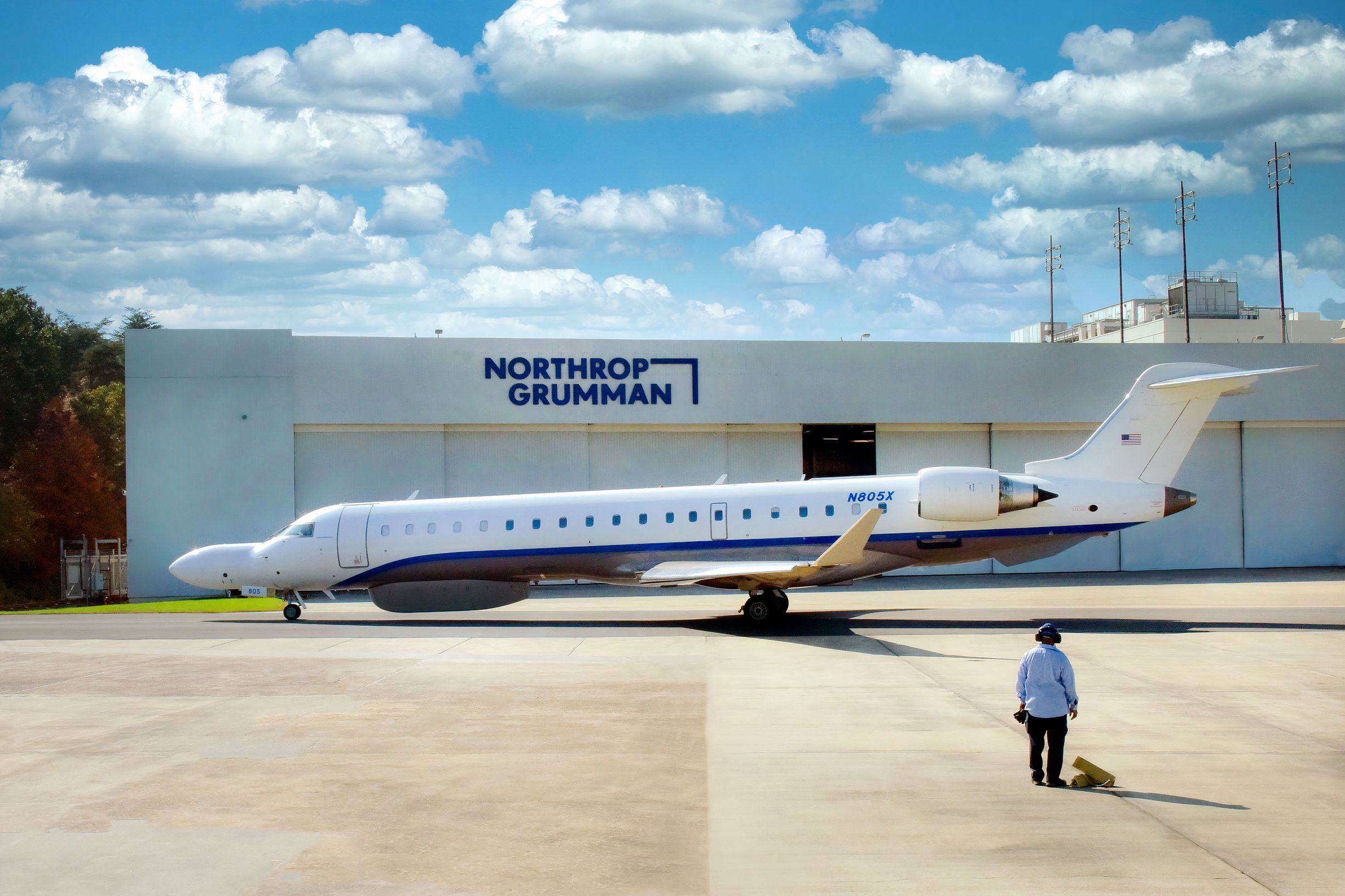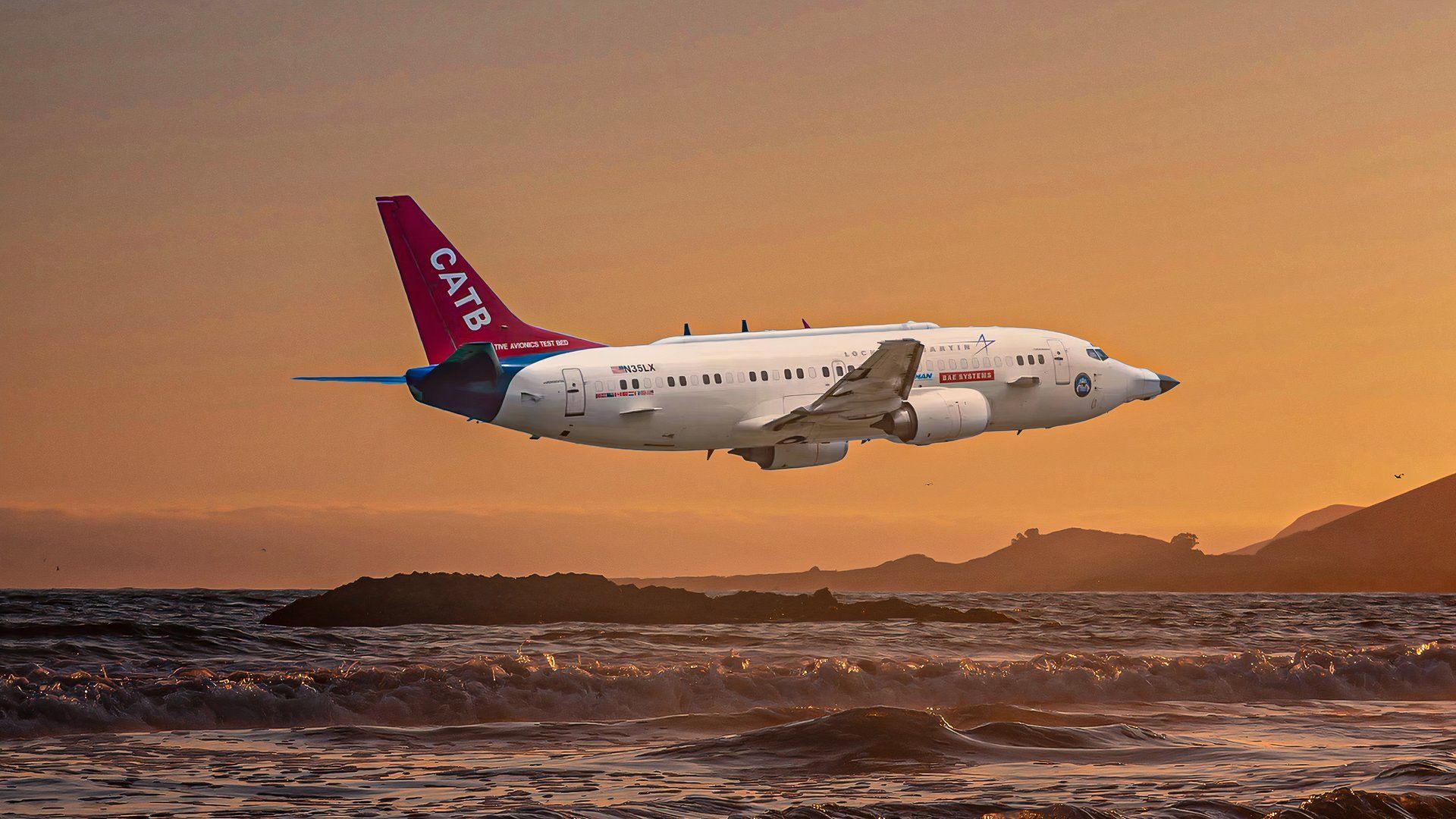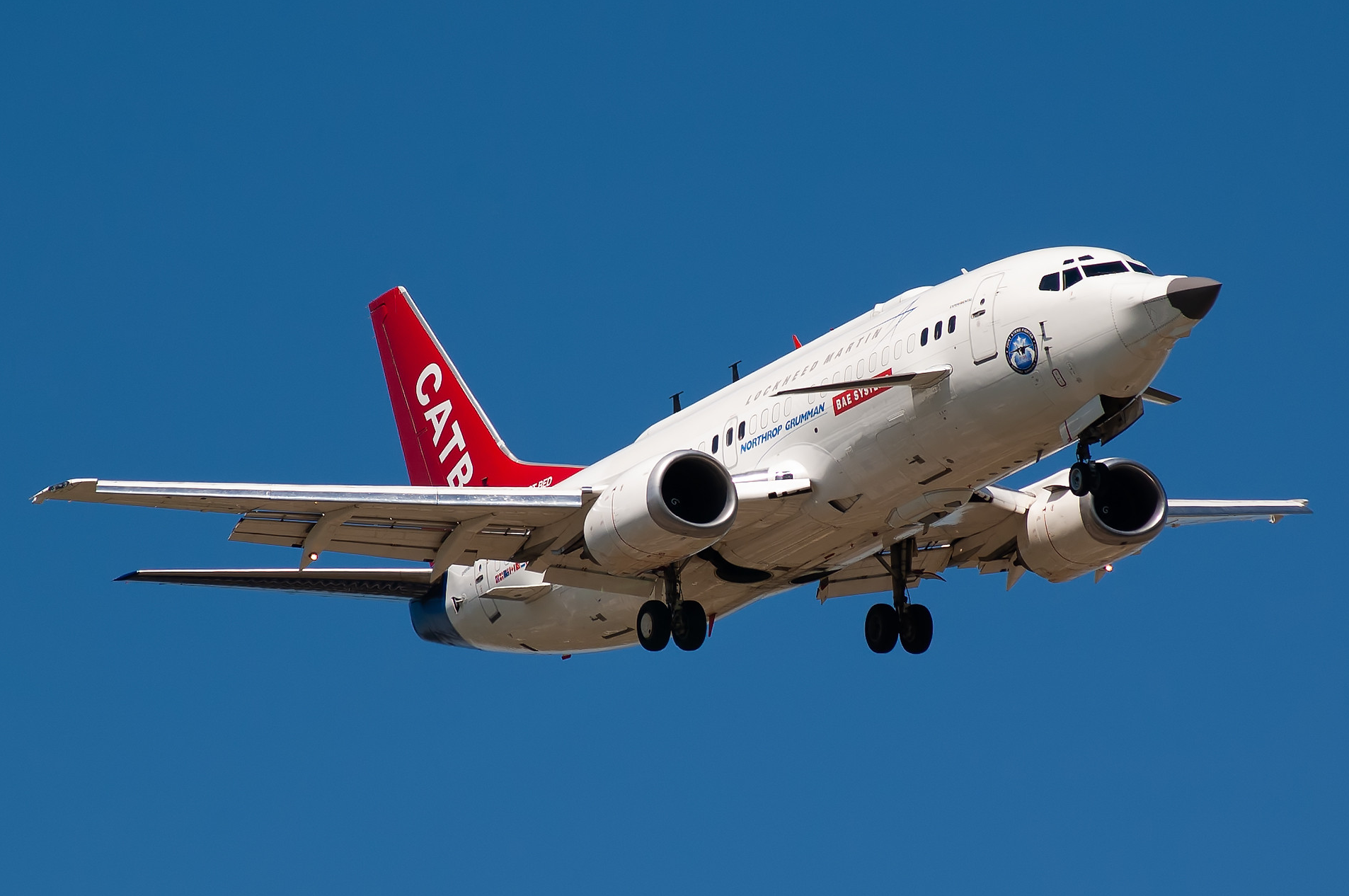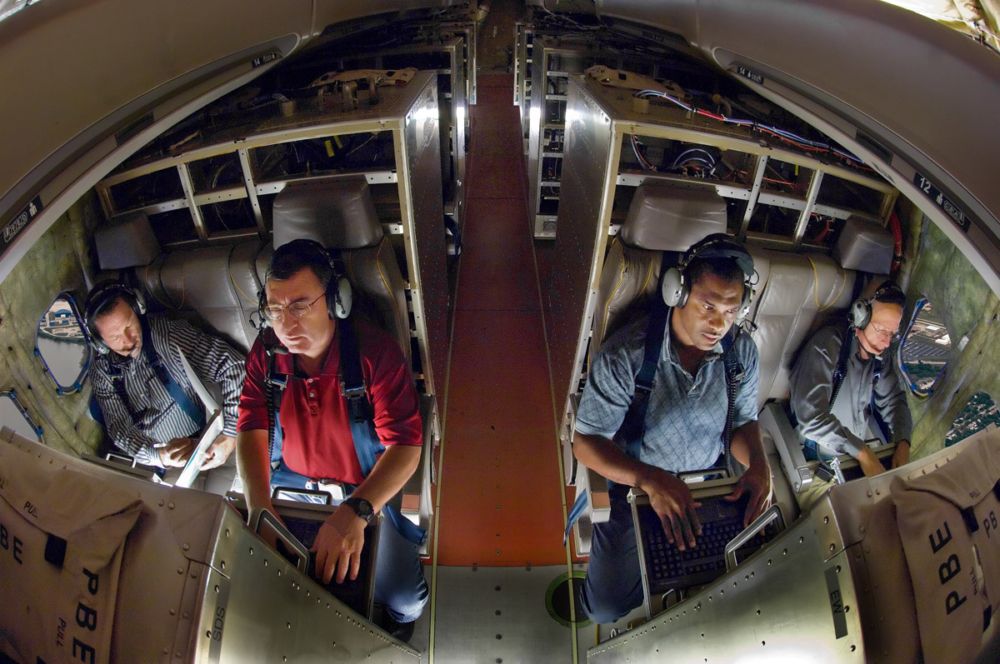Summary
- Lockheed Martin CATBird, a Boeing 737-300 testbed aircraft for F-35, validates the fighter jet’s avionics suite.
- The CATBird underwent significant physical modifications to emulate F-35 features, test sensors, and monitor in-flight performance.
- The F-35 Lightning II jet and CATBird development involves numerous partners and funding from the US and NATO allies.
It has been more than 17 years since the first flight of the Lockheed Martin CATBird. The aircraft in question is a highly modified Boeing 737-330 designed as a testbed aircraft for Lockheed Martin. The ICAO-designated callsign CATBird refers to the Cooperative Avionics Test Bed.
The rather strange-looking Boeing 737-300 was modified as an avionics testbed for the F-35 Lightning II. The aircraft performed its first flight on January 23, 2007. The distinctive front appearance resembles the F-35’s nose and a pair of small canards installed just aft of the forward entrance doors. Inside, the aircraft has racks holding the F-35’s avionics and flight deck.
From German passenger aircraft to American fighter jet testbed
- Role: Testbed
- Manufacturer: Boeing Commercial Airplanes
- Aircraft: Ex-Lufthansa passenger aircraft
- First flight: January 23, 2007
- Status: Systems test aircraft
- Developed from: Boeing 737-330
While this special aircraft would take flight in its modified form in 2007, its story would originate back to November 1986. At this point, the aircraft was delivered to German carrier Lufthansa to begin commercial passenger service.
Registered D-ABXH and given the name ‘Cuxhaven,’ the aircraft operated with Lufthansa for 15 straight years. This was followed by one year of serving with Indonesian Airlines from March 2002 to May 2003 under the registration PK-IAA. Its final months of commercial service were spent with Lufthansa before crossing the Atlantic to join Lockheed Martin in September 2003 under registration N35LX.
Testing the most advanced avionics package in the world
The Lockheed Martin CATBird (Cooperative Avionics Test Bed) was designed to validate the F-35 Lightning II’s avionics suite. For those unaware, the F-35 Lightning II was developed through the Joint Strike Fighter (JSF) program to be a highly advanced multi-role fighter jet.
According to Dan Crowley, the Executive Vice President and F-35 program general manager at Lockheed Martin,
“The CATBird test program is executing to plan, with no significant issues. We will now open up the flight envelope, which is within the 737’s operating limits.”
“The Lightning II’s avionics package will be the most advanced, comprehensive, and powerful of any fighter in the world,” Lockheed Martin noted in a 2007 statement. The planemaker added that the CATBird’s role was to integrate and validate the performance of all F-35 sensor systems’ performance before being flown on the first Lightning II aircraft.
“The rigorous testing performed on board the CATBird will ensure that mature functionality is delivered to the F-35 Lightning II.” – Eric Branyan, Lockheed Martin VP of F-35 Mission Systems
Photo: Lockheed Martin

Related
Odd Plane: The Bombardier CRJ700 Used To Test Fighter Jet Noses
Since 2010, Northrop has operated a Bombardier CRJ aircraft as a testbed for nose and radar technology.
Huge differences from a passenger 737
As you might expect, significant modifications were made to the CATbird to turn it into a testbed for fighter jet avionics. BAE Systems, with support from Lockheed Martin, made these major physical modifications to the aircraft in Mojave.
The testbed included stations in the main cabin and instrumentation to monitor and measure the in-flight performance of various sensors installed. Electrical and cooling support systems were also installed, as was
“a high-fidelity F-35 cockpit” to enable pilots “to operate and monitor the fighter’s integrated sensor suite in an airborne environment.”
Changes to the aircraft included:
- Modifying the nose of the 737 to replicate the F-35,
- The addition of a 13-foot canard to emulate the F-35 wing
- The addition of an external structure on top and bottom to hold F-35 avionics equipment
- The installation of about 1,500 wiring harnesses to connect and link the various mission system sensors.
Mission accomplished
Lockheed Martin developed the F-35 Lightning II with principal industrial partners Northrop Grumman and BAE Systems. The CATbird was a key part of the jet’s development.
Funded primarily by the United States, the F35’s development would also garner investment from other NATO countries and US allies, including the UK, Australia, Canada, Italy, Norway, and more. Costs of developing the aircraft soared into the hundreds of billions of dollars, with the project timeline facing years of delays. This was largely due to the intended roles and capabilities of the aircraft, which would be quite lofty.
The goal of developing a single fighter jet that could serve multiple roles and missions for various branches of the military would prove difficult. Air Force Magazine noted in 2016 that planners from the US Air Force, Navy, and Marine Corps had anticipated three variants of the joint strike fighter having 70% commonality.
However, a program planner noted that the results (to meet each branch’s requirements) came out much differently: “It’s 20-25% commonality … almost like three separate production lines,” Joint Strike Fighter program manager Lt. Gen. Christopher Bogdan said at the time.

Related
Joint Strike Fighter: 5 Fast Facts About The Lockheed Martin F-35 Lightning II
As of the beginning of this year, over 1,000 examples of the fighter jet have been manufactured.



